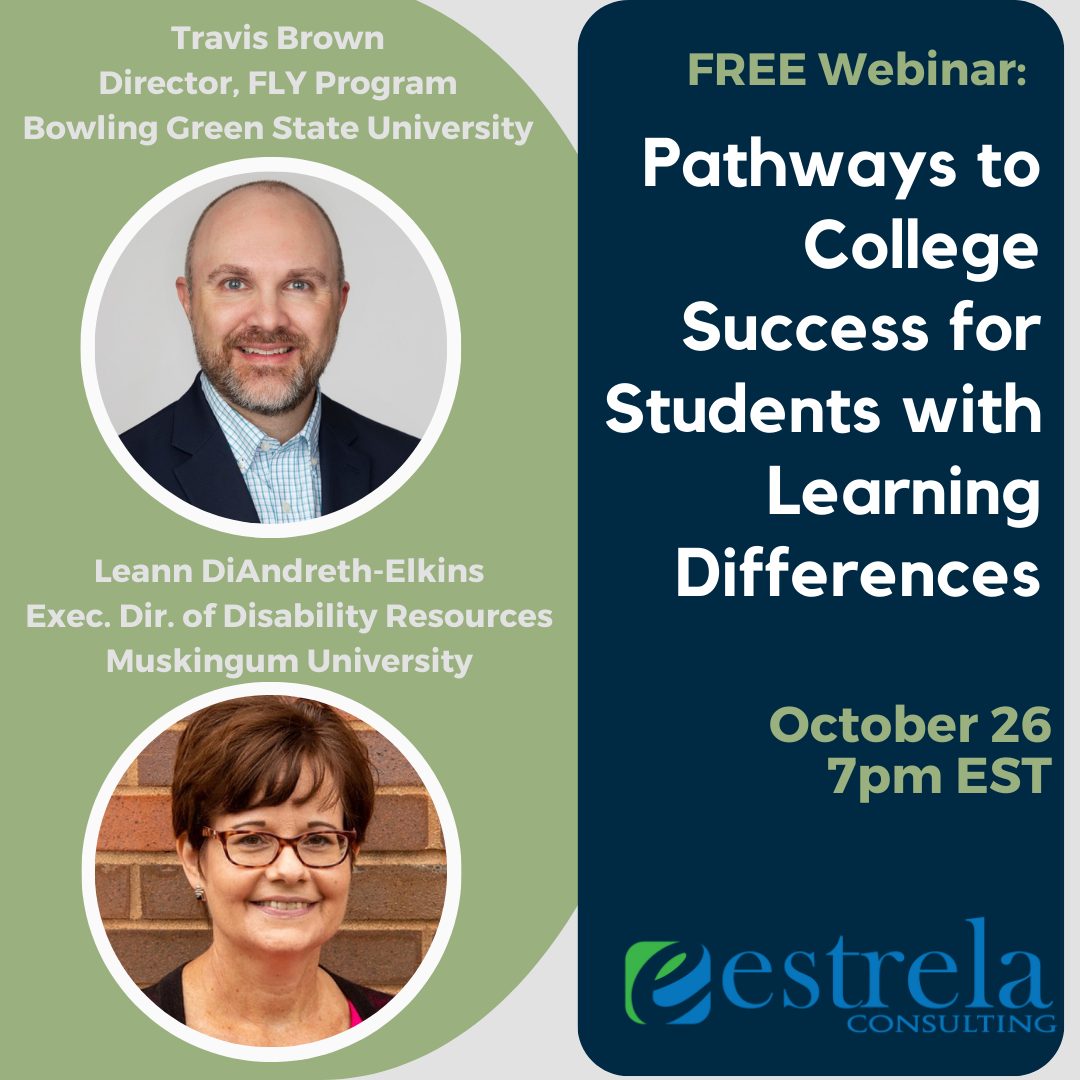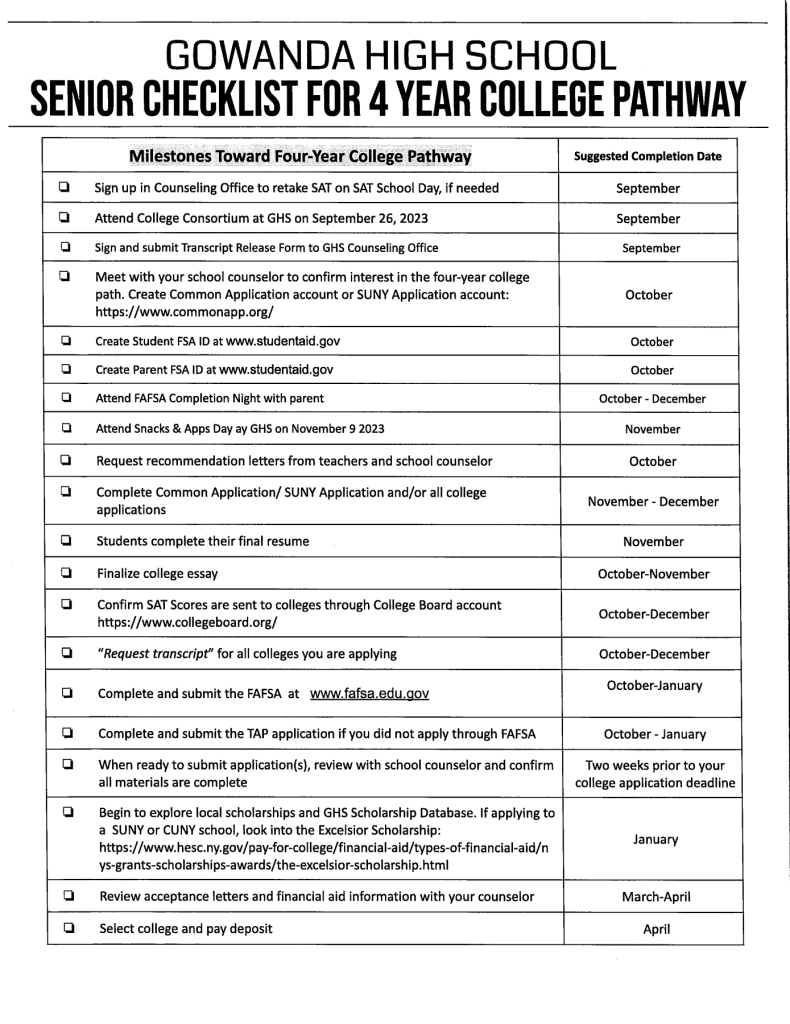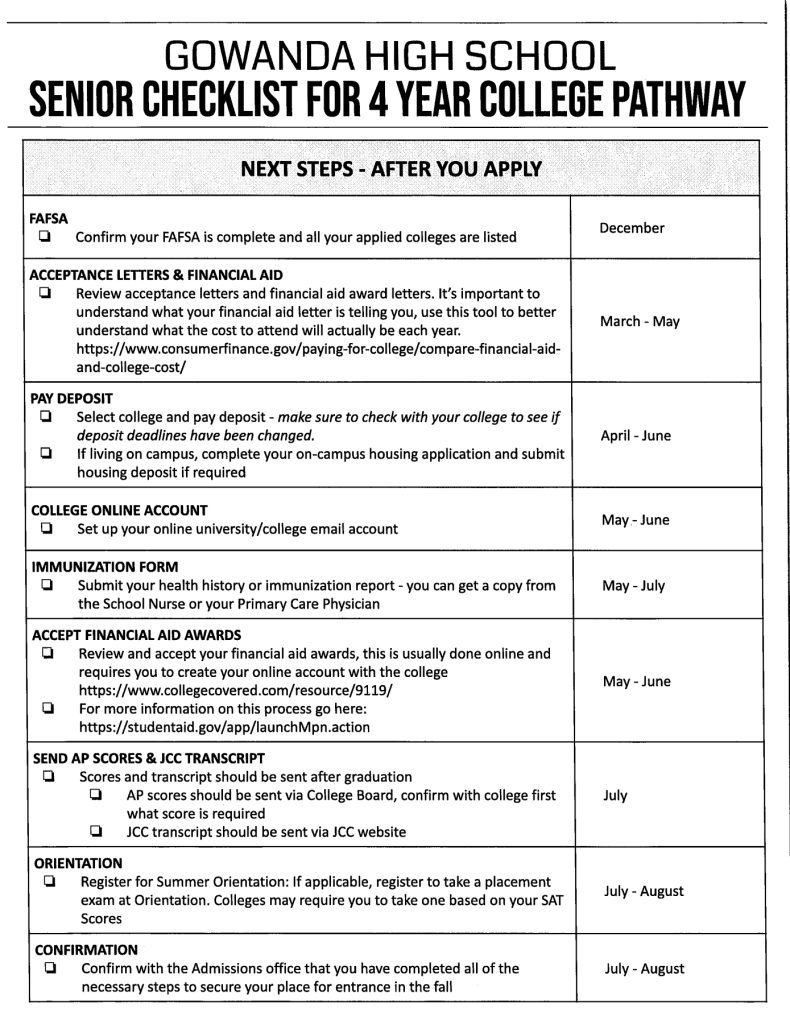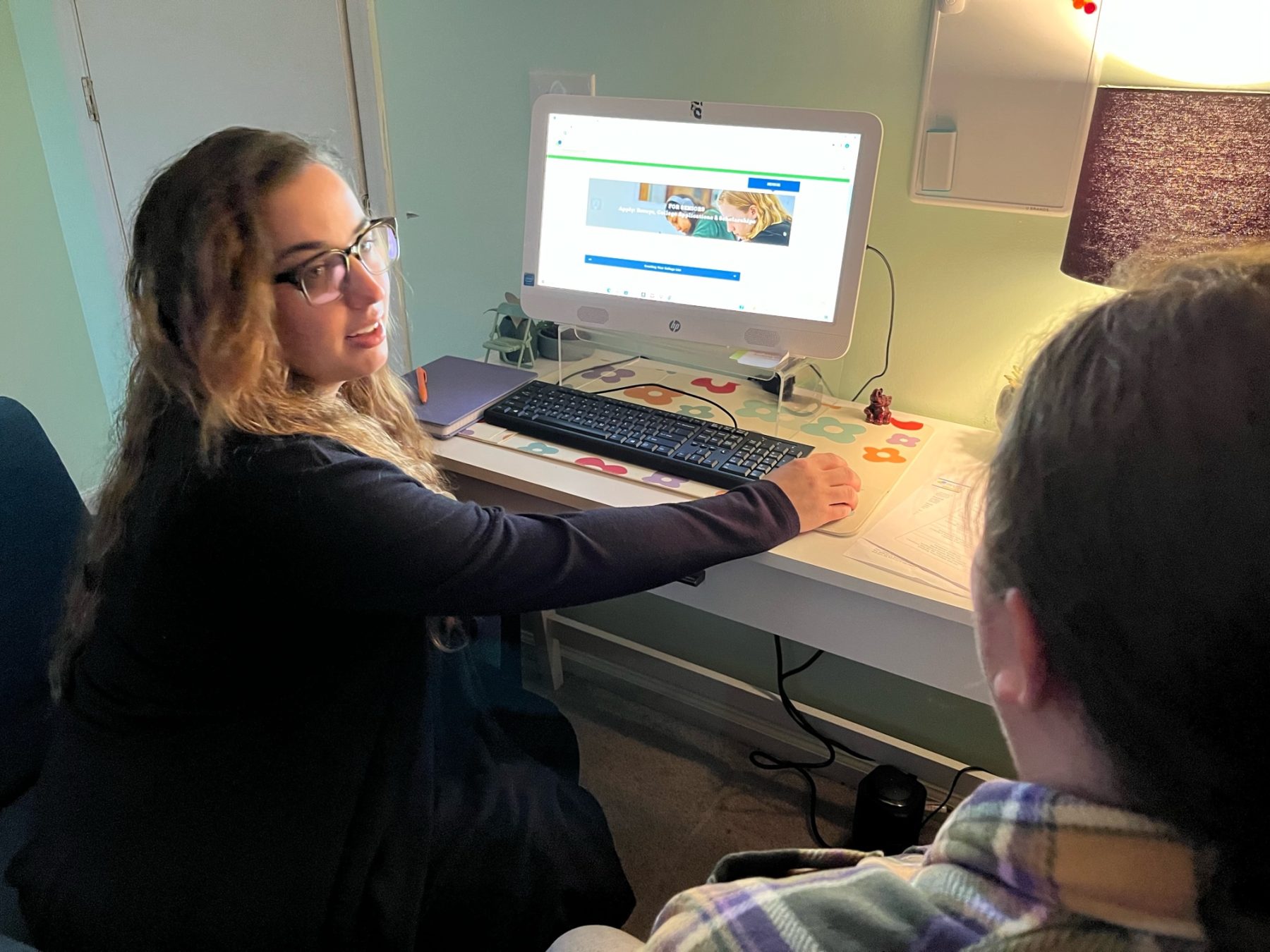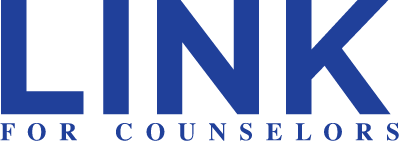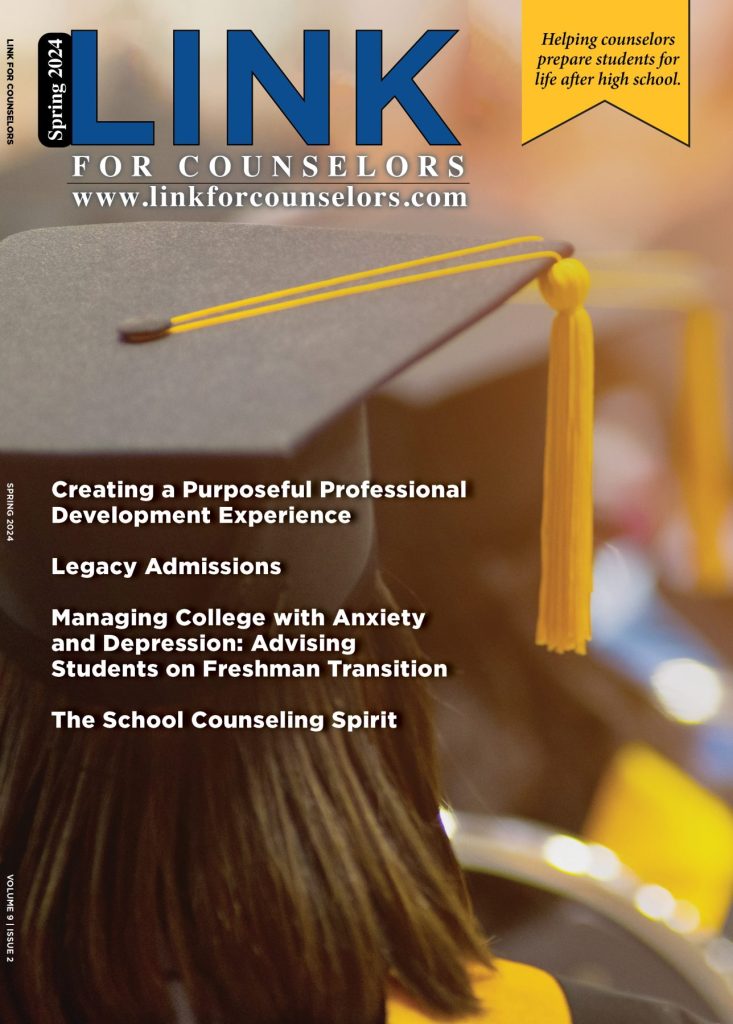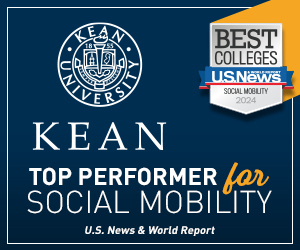College is a thrilling and transformative period for young adults. It’s a time when students are not only expanding their knowledge, but also developing crucial life skills and figuring out who they are and where they may fit career-wise upon graduation.
An excellent way to enhance this experience is by obtaining part-time employment while pursuing a college degree. Though balancing academics and work may seem daunting, the benefits of employment during college are vast and can significantly impact one’s future success.
Below are some of the most notable benefits to working while in college.
Financial independence and responsibility
College is expensive. Besides tuition, textbooks and living expenses, there are “extras” like laptops and study abroad. Employment provides students with a steady source of income, reducing the financial burden on themselves and their families and, ultimately, their reliance on student loans. In other words, they have “skin in the game.”
It also teaches financial responsibility and budgeting, skills that are invaluable in adulthood. Students who become more responsible with their money are less likely to accrue excessive debt or fall into financial traps that may hinder their post-college lives.
Improved Time Management
Juggling multiple responsibilities forces a student to prioritize tasks, meet deadlines and make efficient use of their time. These skills are not only beneficial in college, but also in future careers.
Real-World Experience
While classroom learning is vital, real-world experience is equally important. A part-time job offers students the opportunity to apply what they have learned in their coursework to practical, everyday situations, whether that’s customer service, problem-solving, communication or teamwork. These skills are transferable and highly valued by future employers, giving employed students a competitive edge.
Career Exploration
Jobs in college can provide a lot of insight into potential career paths. By working in a field related to their major or interests, students can gain first-hand experience and a clearer understanding of their future career goals, which in turn, leads to making more informed decisions when it comes to academic and career choices.
Networking Opportunities
Employment exposes students to a diverse range of people, including coworkers, supervisors and customers. Networking is a powerful tool for future job opportunities, forming connections that can one day provide valuable references and recommendations when entering the job market upon graduation.
Resume Enhancement
Being employed during college adds substance to your student’s resume. Employers appreciate candidates who demonstrate the ability to balance work and academics. It showcases a strong work ethic, responsibility and dedication, all of which are desirable qualities in potential employees.
Personal Growth
The challenges that come with balancing academics and work can lead to immense personal growth and ultimately, increased self-confidence. Overcoming obstacles and achieving success in both areas can boost your student’s self-esteem and resilience.
Higher Earnings Later On
Research shows that students who were employed throughout college earned more immediately upon graduation, and still up to 15 years later. A 2019 study completed by researchers at Rutgers University and the City University of New York (CUNY) found that those who held a paying job throughout their college careers earned up to $20,000 more than their classmates who did not work during college.
Keep in mind that research also shows that working more than 15 hours a week can keep a student from graduating on time, so it’s important to not become over-invested in work and lose sight of that diploma.
Still, being gainfully employed during college offers numerous benefits that extend beyond the financial. Students obtain important real-world experience, enhance their skills and prepare themselves for the challenges of the future job market. While it may require diligent time management and effort, the long-term rewards make it a valuable investment in one’s education and future career.
Samantha Bartek is community outreach director for My College Planning Team, which helps families plan and pay for college. As a National Certified Counselor (NCC), she has worked in both public and charter schools with a focus on college and career readiness for 11th and 12th graders. She lives in New Jersey. www.collegeplanningteam.com

